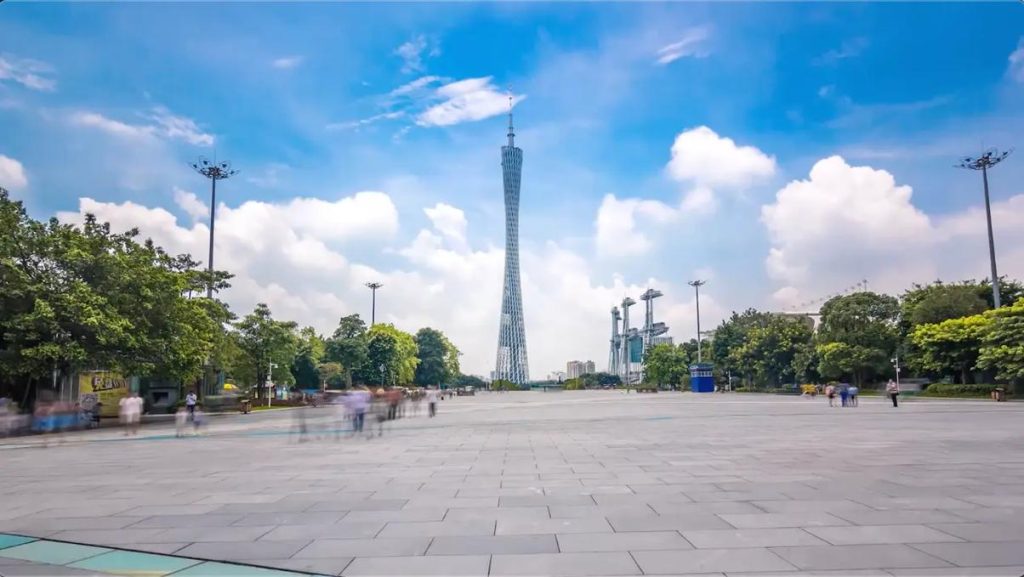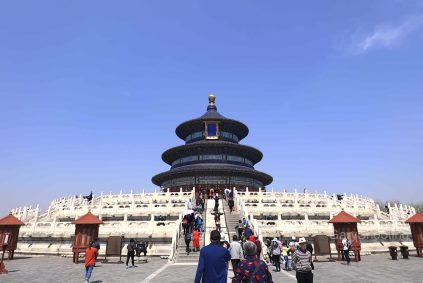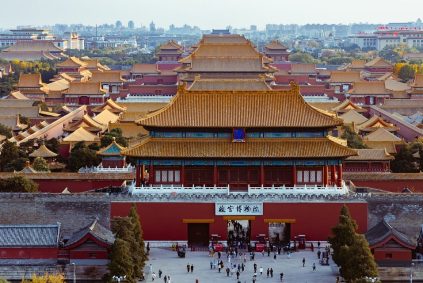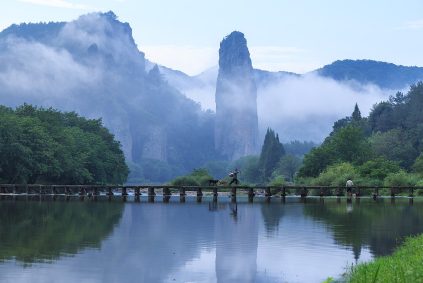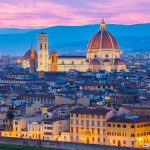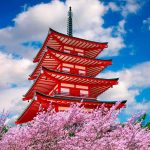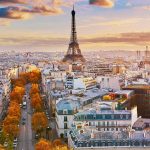Guangzhou’s Ceramic Sculpture Culture: An Immersive Cultural Experience
Guangzhou, a city steeped in history and tradition, offers a unique window into China’s ceramic sculpture heritage. From ancient techniques passed down through generations to contemporary innovations, the city provides a rich tapestry of cultural experiences for both locals and visitors. Here’s a deep dive into Guangzhou’s ceramic sculpture culture, exploring its historical roots, modern expressions, and hands-on experiences.
The Timeless Legacy of Shiwan Ceramic Sculpture
At the heart of Guangzhou’s ceramic sculpture tradition lies Shiwan Ceramic Sculpture, a national-level intangible cultural heritage. Originating in Foshan’s Shiwan Town (just outside Guangzhou), this art form dates back over a millennium, with roots traceable to the Eastern Han Dynasty tombs. What sets Shiwan ceramic sculpture apart is its “vividness”—each piece seems to breathe, with meticulous attention to facial expressions, postures, and even the folds of clothing.
Historically, Shiwan artisans were judged by their ability to infuse sculptures with soulful expressions. A glance at a Shiwan figure reveals stories: a deity’s benevolent smile, a warrior’s steely gaze, or a scholar’s contemplative frown. These details, often overlooked in other ceramic traditions, make Shiwan sculptures feel alive. Today, masterpieces by legends like Liu Ze棉 (a national-level inheritor) and Liu Chuan (hailed as the successor to Pan Yushu, a renowned 20th-century master) continue to inspire, blending technical precision with emotional depth.
Modern Revival: Innovation Meets Tradition
While Shiwan’s heritage remains revered, Guangzhou’s ceramic sculpture scene is also embracing contemporary creativity. Exhibitions like “Wind Rises in Shiwan: A Case Study on the Inheritance and Innovation of Shiwan Ceramic Sculpture” (held at Guangzhou Cultural Center in April 2025) showcase how artists are reimagining traditional forms. For instance, Feng Weimin, a ceramic art master, pushes boundaries with themes like “hermits’ elegance,” “maidens’ grace,” and “warriors’ valor,” using exaggerated textures and dynamic poses to reinterpret classical subjects.
Another highlight is the “Terracotta Roof Ridges” tradition, where high-relief sculptures adorned ancient Guangdong buildings. These pieces, once symbols of wealth and status, are now being revived through workshops and restorations. Artists like He Zhanquan in Xiaolan Town (Zhongshan) are preserving techniques like clay blending, glazing, and kiln-firing, ensuring these architectural treasures endure. His work on restoring historic sites like Guangzhou Chen Clan Ancestral Hall and Foshan Ancestral Temple bridges past and present.
Hands-On Exploration: Crafting Your Own Ceramic Story
For those eager to experience ceramic sculpture firsthand, Guangzhou offers numerous opportunities. The Nanyuan Street Community Center hosts seasonal workshops like “Artistic Intoxication with Clay,” where participants learn to mold, shape, and glaze their creations under expert guidance. These sessions emphasize not just skill-building but also cultural storytelling—participants might craft a “Lucky Fish” (a symbol of prosperity) or a “Miniature Landscape” inspired by Lingnan gardens.
Similarly, the Bao Guang Ceramic Culture Heritage Museum (opened in July 2025) in Haizhu District provides immersive experiences. Visitors can try “Feeling the Clay’s Nature” workshops, where they hand-shape terracotta while learning about its historical significance. The museum also collaborates with schools to integrate ceramic arts into education, fostering a new generation of enthusiasts.
Beyond the Studio: Ceramic Sculpture in Daily Life
Guangzhou’s ceramic sculpture culture extends beyond galleries and workshops. Walk through neighborhoods like Liwan District, and you’ll spot ceramic motifs in architecture, decor, and even street art. Restaurants might feature terracotta figurines as table centerpieces, while parks display large-scale sculptures celebrating local folklore. Even fashion designers are incorporating ceramic-inspired patterns into textiles, blending tradition with modern aesthetics.
Moreover, festivals like the “Yangcheng Summer” series often include ceramic-making competitions, where families compete to create the most imaginative piece. These events highlight how ceramic sculpture remains a living tradition, evolving with each generation while honoring its roots.
Conclusion: A Cultural Journey Through Clay
Guangzhou’s ceramic sculpture culture is a testament to China’s ability to preserve heritage while embracing innovation. Whether through visiting historic kilns, attending modern exhibitions, or crafting your own piece, the city offers a multifaceted experience. As you explore, you’ll discover that ceramic sculpture here is more than art—it’s a language of emotion, history, and creativity, waiting to be deciphered, one clay stroke at a time.

